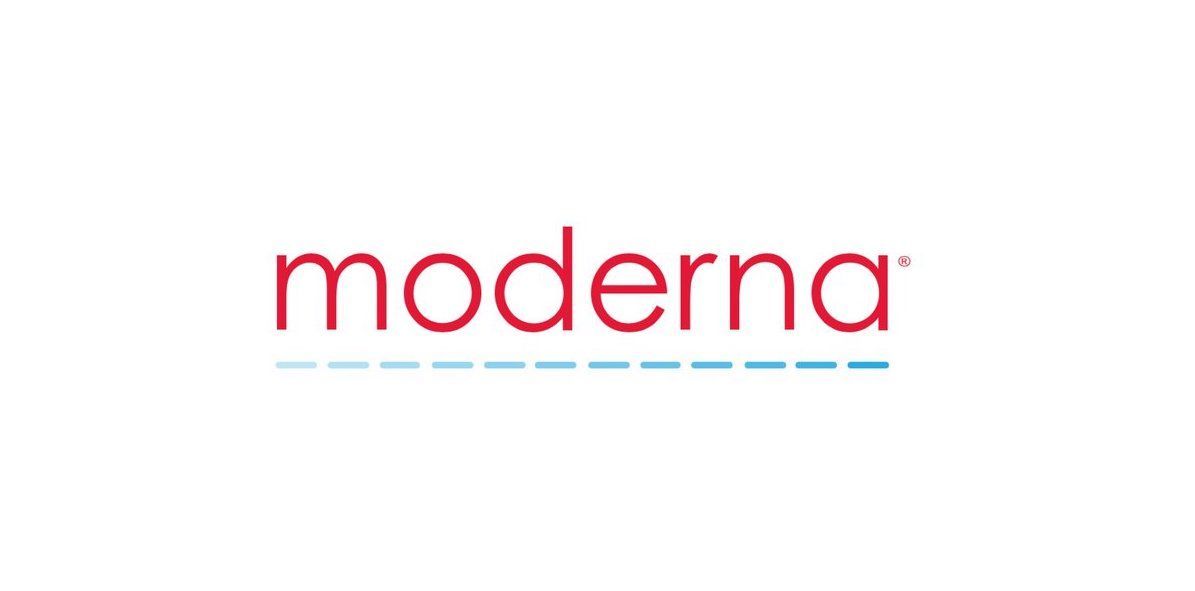With the release of new data for its investigational influenza and COVID-19 vaccine, mRNA-1083, Moderna is moving closer to potentially filing a BLA for FDA approval.
This morning, the company announced initial results from their phase 3 trial of mRNA-1083, detailing it had met its primary endpoints, eliciting a higher immune response than the licensed comparator vaccines used in the trial. Moderna said the trial met its primary endpoints, eliciting higher immune responses against influenza virus and SARS-CoV-2 than licensed flu and COVID vaccines in adults 50 years and older, including an enhanced influenza vaccine in adults 65 years and older.
What You Need to Know
In both age groups studied (50-64 years and 65+ years), mRNA-1083 elicited statistically significantly higher immune responses compared to existing licensed influenza vaccines.
The vaccine also demonstrated higher immune responses against the Omicron XBB15 variant of SARS-CoV-2 compared to Moderna's existing COVID-19 vaccine, Spikevax, in both age cohorts.
Moderna plans to present the data at an upcoming medical conference and submit it for peer-reviewed publication.
Vaccine Shows Immune Responses in Seniors
The phase 3 trial is a randomized, observer-blind, active control study evaluating the safety, reactogenicity, and immunogenicity of mRNA-1083 in two independent age group cohorts of approximately 4000 adults each. One cohort, consisting of adults 65 years and older, compared mRNA-1083 to co-administered Fluzone HD, an enhanced influenza vaccine, and Spikevax, Moderna's currently licensed COVID-19 vaccine.
The other cohort of adults 50 to 64 years of age compared mRNA-1083 to co-administered, Fluarix, a standard dose influenza vaccine, and Spikevax. The immune responses from a single dose of mRNA-1083 were found to be non-inferior versus the co-administered, routinely recommended, licensed comparators.
In both age cohorts, the Moderna vaccine also elicited statistically significantly higher immune responses against 3 influenza virus strains (H1N1, H3N2, and B/Victoria) and against SARS-CoV-2. In the 65 years and older cohort, overall Geometric Mean Ratios (GMRs) of the mRNA-1083 group compared to the Fluzone HD group for the influenza strains were 1.155 (95% CI: 1.094, 1.220) for A/H1N1, 1.063 (95% CI: 1.007, 1.122) for A/H3N2 and 1.118 (95% CI: 1.070, 1.167) for B/Victoria. The GMR of mRNA-1083 compared to Spikevax for the SARS-CoV-2 variant Omicron XBB.1.5 was 1.641 (95% CI: 1.526, 1.765).
In the 50 to 64 years of age cohort the GMRs of the mRNA-1083 group compared to the Fluarix group for the influenza virus strains were 1.414 (95% CI: 1.333, 1.500) for A/H1N1, 1.380 (95% CI: 1.310, 1.454) for A/H3N2, and 1.216 (95% CI: 1.163, 1.270) for B/Victoria. The GMR of mRNA-1083 compared to Spikevax for the SARS-CoV-2 variant Omicron XBB15 was 1.308 (95% CI: 1.219, 1.404).
Next Steps
The company said it plans to present phase 3 clinical data for the vaccine at an upcoming medical conference as well as submit it for publication. Moderna also said they will engage with regulators on next steps. "Moderna is the only company with a positive phase 3 flu and COVID combination vaccine. Building on the momentum of positive Phase 3 data across our respiratory portfolio, we continue to address significant unmet medical needs and advance public health," Moderna CEO Stéphane Bancel said.
Reference
Moderna Announces Positive Phase 3 Data for Combination Vaccine Against Influenza and COVID-19. Moderna press release. June 10, 2024. Accessed June 10, 2024.
https://investors.modernatx.com/news/news-details/2024/Moderna-Announces-Positive-Phase-3-Data-for-Combination-Vaccine-Against-Influenza-and-COVID-19-/default.aspx

